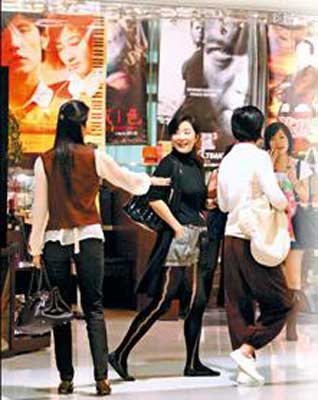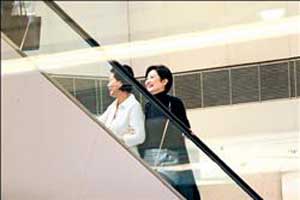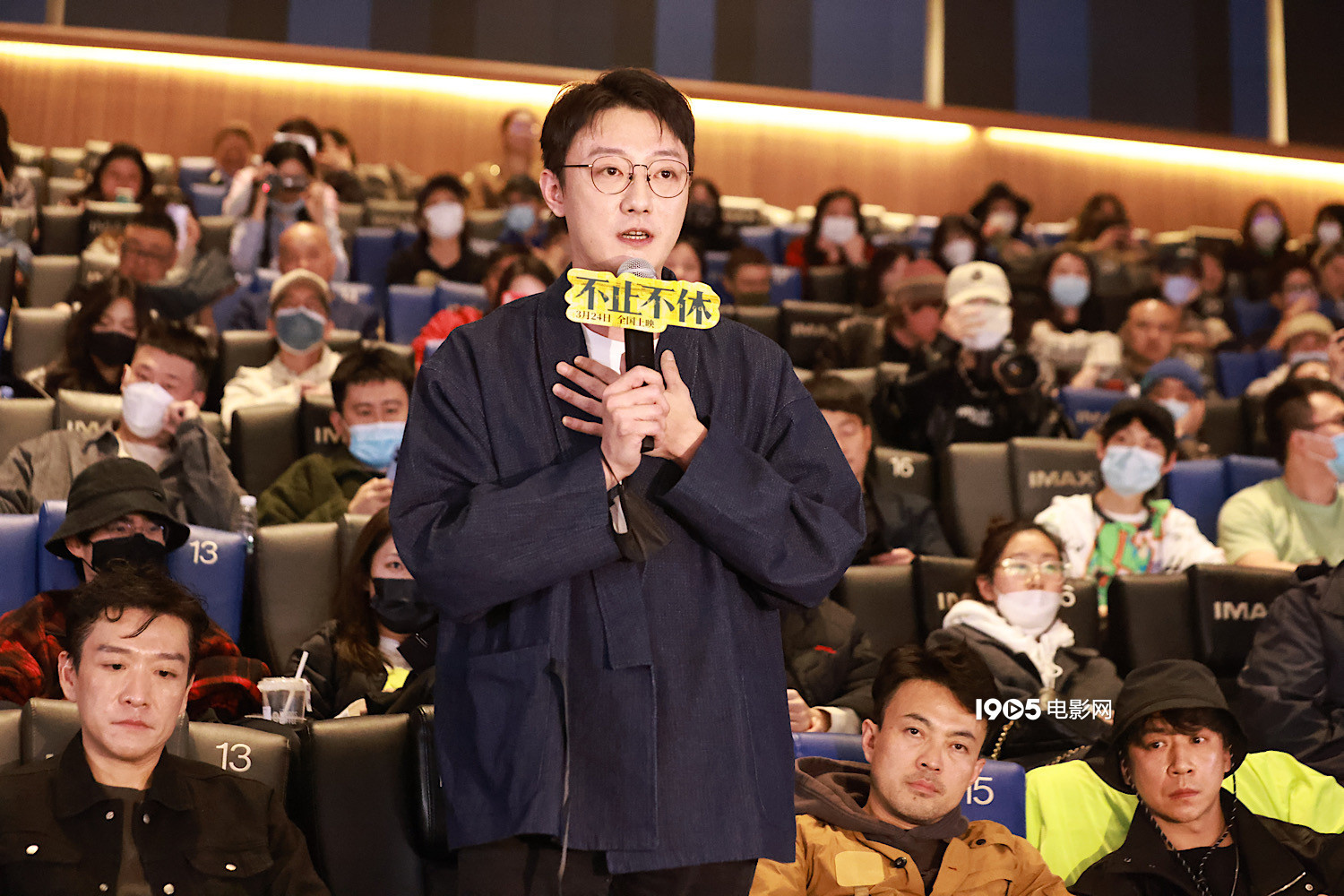
On September 28, 2006, the ever-changing diva Cai Yilin endorsed a certain body wash in Shanghai. During the press conference, the company gave Cai Yilin a super luxury bathtub as a gift. China News Agency hair, winter bush summer grass, photo
The unknown inside story of a star is always protected layer after layer. "I Love Big Stars" "bribed" several "big inner experts" who were close to the star. During the conversation with them, they unexpectedly discovered embarrassing things and sad tears outside the camera of the stars – for example, Jolin Tsai in the eyes of the agent is a "masochist" who is super strict with himself.
A girl with a good personality, strong and serious
How did it feel to see Jolin Tsai for the first time?
Lulu: I saw her for the first time five years ago, and the first thing I said to her when we met, "Actually, I didn’t like you before, because I thought you were very pretentious!" At that time, Jolin Cai’s eyes were wide open and startled, wondering why someone wanted to be my agent and said they didn’t like me… When I first met her, I thought she was very shy, because sometimes when I told her about announcements or things, I only saw her eyes open wide, and she didn’t respond at all. I didn’t know if she understood or didn’t listen at all! Later, I found out that she was really shy and simple, and she was not good at expressing her feelings, so her eyes were wide open!
How do you feel after you actually get along?
Lulu: After getting along with her, I felt that she was a very serious little girl, and that seriousness would scare you! I still remember when I first took her, she was still studying at the junior college, and once she wanted to take a flat photo. As a result, when the photographer was adjusting the lights and changing the set, she ran to the side and lay on the ground to take notes. I asked her what she was serious about. She said that she didn’t want to be passed because of the midterm exam tomorrow! At that time, I thought this little girl was really strong and serious! What kind of person do you think Jolin Cai is?
Lulu: She is a person who is very strict with herself in everything, she is really a standard Virgo! She requires perfection in things, does not allow herself to make mistakes at all, and she is very slow… not ordinary slow, but super slow! It is difficult for her to get along with unfamiliar staff, so at first some advertising companies thought that she was in a bad mood or something, but in fact she just didn’t know how to deal with others, but now she has really changed a lot, but now she is not slow at all!
Work is very strict with yourself
What is the most fun thing about Jolin Tsai?
Lulu: I’m sure everyone has heard of her sugar-free and oil-free ultra-low-calorie diet. Once out of town, she wanted to drink a sugar-free drink, but because I wasn’t familiar with it, she went to the local store to buy a bottle of drink. As a result, she opened it and sniffed it, saying it had sugar! I want to say how is it possible, because I have told my boss to be sugar-free, but I took a sip by myself, huh, really!
Another time I went to buy her coffee, but I told the clerk that I wanted low-heat skim milk, but she took a sip and said it was low-fat, I thought how could it be? I ran back and asked the clerk, but the clerk said that he was embarrassed because the skim was gone, so he secretly used low-fat. Do you think she is strong? And you can’t have a drop of oil in hot vegetables, because the oil will reflect light, so you can’t escape her eyes!
What is the most admirable thing about it?
Lulu: It’s a pervert masochism! Her work attitude is really impeccable and she is very strict with herself. Sometimes I can’t help but tell her if she wants to take a break. Do you think you are an iron man? However, if she can’t even pass her own level, we can only support her silently and cheer her up! And I also admire her dedicated attitude. She almost accepts everything the company asks her to do. Unless she really feels that she has no physical strength and needs to rest, she will fully cooperate! So, I think she deserves today’s results. We are all very happy for her. As for whether she is also very demanding of the staff around her… Actually not, because she is too busy staring at herself and has no time to pay attention to others, hehe!
An embarrassing thing "silly big sister"
The sweetest thing Jolin Tsai has ever done to you?
Lulu: One year, the company gave her a short vacation to Japan to rest, so I accompanied her to go shopping in Tokyo. When she went to a store, she saw a pair of boots that cost more than 10,000 Taiwan dollars. They were very beautiful, but she thought they were a little expensive and couldn’t bear to buy them… Then when she went to the next store, she saw a nice but big bag and asked me if it looked good. I said the bag was beautiful, but it didn’t suit you. How could you fit such a big bag? She said I would carry it when I went to the beach… Then I said that the bag was more than 20,000 yuan, but she still insisted on buying it. As a result, I waited for her outside, and she came out after buying the order and handed me the bag and said "Happy Birthday" to me…
Please tell me one or two embarrassing things about Jolin Tsai. Lulu: I remember one embarrassing thing about her. When she first got her driver’s license, she once drove on the highway and ended up at the toll booth. She drove to the lane where the ticket was collected, but she didn’t get the ticket stub. The wonderful thing is, you know how she reacted at that time? She actually opened the door and got off the car with the ticket stub behind her! It’s really funny when it’s funny! Silly sister! Another time I took an advertisement in the mainland, the manufacturer kindly put a dog doll in the lounge. As soon as she walked in, she shouted that the toy "bear" was so cute! Because the customer manufacturers were still there, no one dared to tell her, Miss Cai, did you not see it? It was clearly a dog… After waiting for the manufacturer to leave for about ten minutes, she said, "Hey, it seems to be a dog, not a bear!" At this time, everyone laughed out loud, and she really felt embarrassed!
(Source: People’s Daily Online)
Editor in charge: Wei Liangchun





















